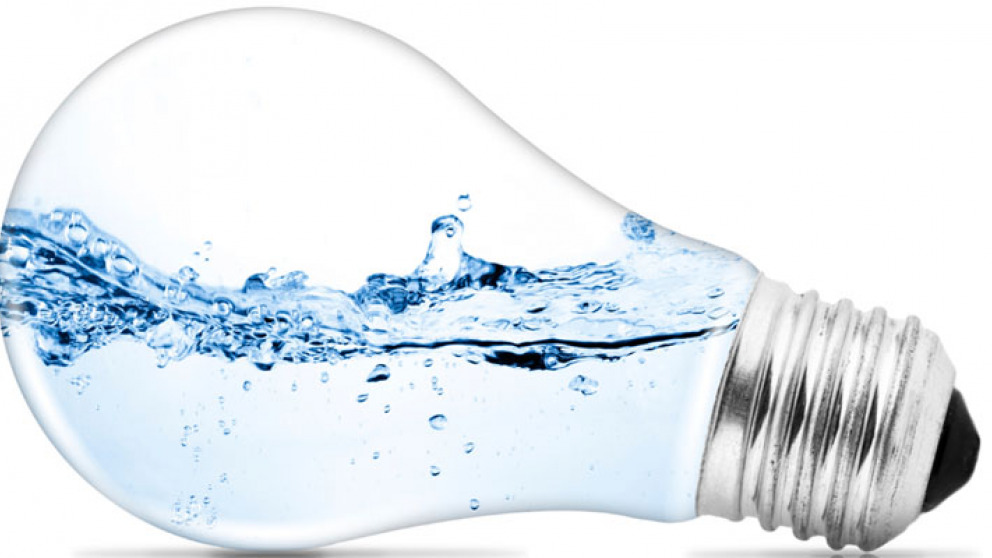Headline:
More Water for the Middle East, More Energy for Europe? A Comparative Look at the Water-Energy Nexus

Access to energy and freshwater are essential requirements for any society that wants to develop and prosper. These two factors depend on each other: energy is used to produce freshwater and water is needed to produce energy. This interdependency is better known as the 'water-energy nexus'. For example, it takes 1,000–2,600 kilowatt hours to pump and process 1 megalitre of brackish groundwater.1 And to produce and process 1 gallon of crude oil, 3–7 gallons of freshwater are used, according to data for the United States.2 This can be problematic, because while water covers 71 per cent of the Earth’s surface, only 2.5 per cent of it is freshwater. Therefore, using water for energy should always be investigated from different perspectives. This is particularly important in water-poor locations.
Any society and any region should set its priorities in terms of “do we need more water or more energy?” This is a complicated question, since in most cases both water and energy are needed and the availability of one depends on that of the other. However, in many cases societies produce energy using water-intensive technologies that put pressure on endangered water resources. For example, according to the World Resources Institute, China has 1,115 trillion cubic metres of technically recoverable shale gas resources, but more than 60 per cent of those resources are in areas with high water stress or arid conditions.3 This is critical, since extracting gas from a shale layer would require up to 15 million liters of freshwater per well.
Europe in general has plenty of water but almost no fossil fuel resources, which make it rich on only one side of the equation. Imported fuels and other industries typically need large amounts of water to produce energy. By contrast, the Middle East is a part of the world known for its fossil fuel resources (as well as its geopolitical issues), where a few countries possess huge oil reserves. The very same countries are also water-poor, with most of their water being produced through seawater desalination.
To define the regions’ needs: in my opinion, since access to freshwater is much easier in Europe than in regions like the Middle East, sustainable water management is necessary to safeguard this access for the next generations. However, at the same time there is a need to develop and focus on innovative, environmentally-friendly technologies that produce energy with less water. As for Middle Eastern countries, the need for sustainable water management policies is even greater there in order to regulate the use of stressed water resources. Novel technologies for producing freshwater such as solar desalination (using solar power to desalinate seawater) are also essential. But sooner or later Middle Eastern countries should invest and focus on renewables, especially solar energy, since the region’s oil will not be there forever.
Sources:
- California Water-Energy Relationship (California Energy Commission, 2005).
- Wu, M., and Chiu, Y., “Consumptive Water Use in the Production of Ethanol and Petroleum Gasoline – Update 2011”, in: Argonne National Laboratory (ANL), 2011.
- Reig, P., and Maddocks, A., “40 Percent of Countries with Largest Shale Energy Resources Face Water Stress”, 2014, http://www.wri.org/blog/2014/09/40-percent-countries-largest-shale-energy-resources-face-water-stress
Photograph: istock

Comments
Ein sehr interessanter Beitrag.
Viele Grüße,
Tom
Add new comment